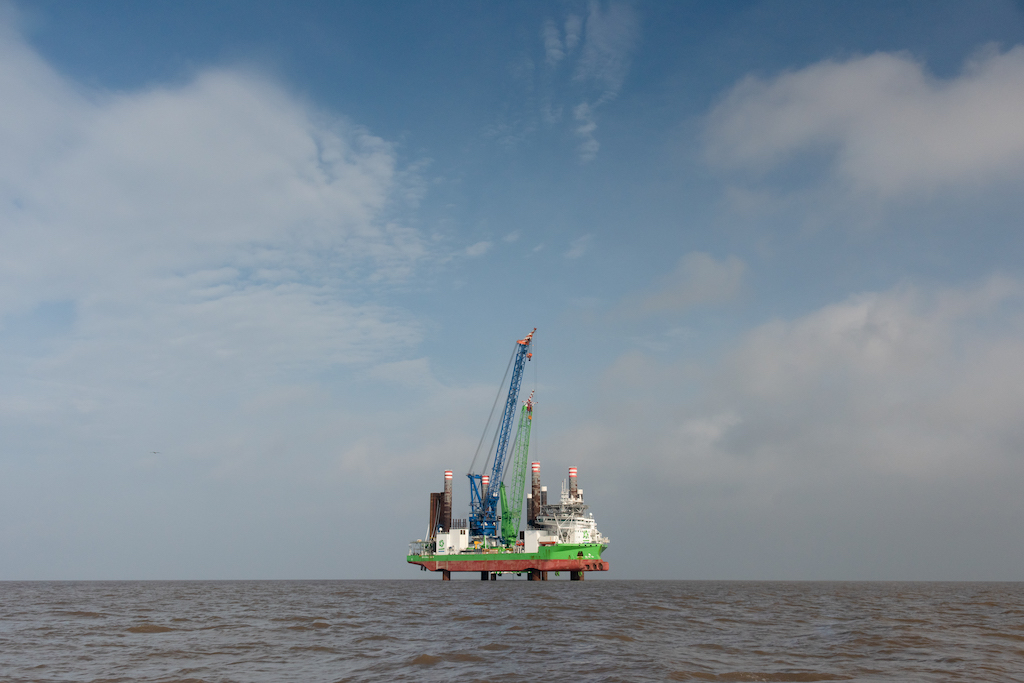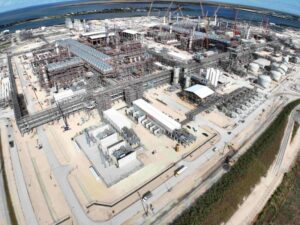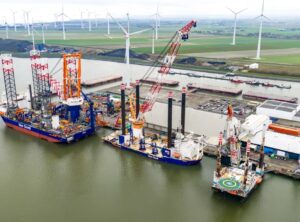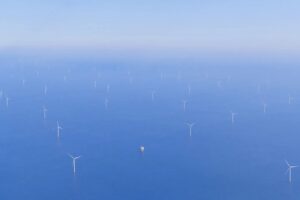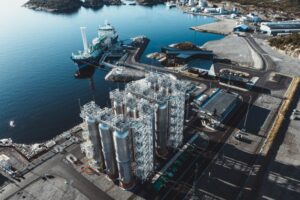Off the coast of Hinkley Point C in Somerset, two enormous jack-up vessels have arrived as offshore work reaches its final phases. The vessels, named “Neptune” and “Sea Challenger,” will be utilized to install essential components for the power station’s cooling water system.
The following phase involves the installation of six vertical shafts at a depth of over 20 meters, marking the next step in connecting the six miles of tunnels to the seabed. Once installed, miners will excavate a horizontal link between the tunnel and the bottom of the shaft. This is the initial stage of linking the intake and outfall heads to the tunnels. These 5,000-tonne structures were lowered onto the seabed last summer and will circulate water to the two nuclear reactors.
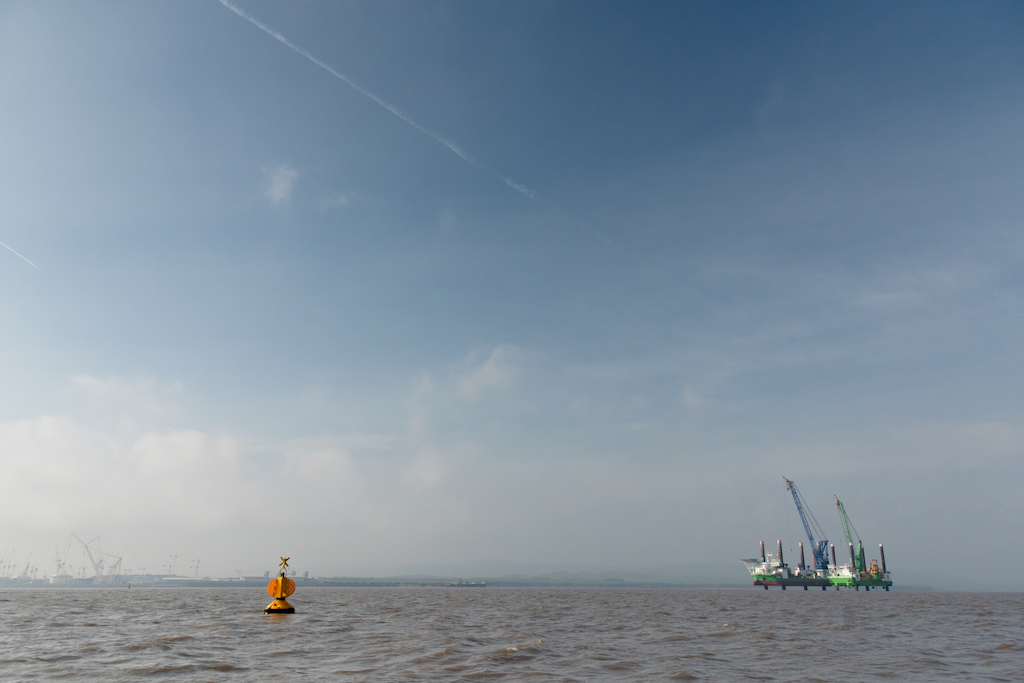
The platforms’ cranes, which have a combined lifting capacity of 1,500 tonnes, are frequently used in constructing offshore wind farms. The “Sea Challenger” measures 132 meters in length, exceeding that of a football pitch, while the “Neptune” is 60 meters long.

Each vessel employs four “legs” to lift itself above sea level, enabling it to operate safely without being affected by waves and currents.
Jonathan Smith, Area Delivery Director, said: “This is one of the final stages of our offshore operations, which will see teams from EDF, Balfour Beatty and New Wave Solutions working together to deliver yet another incredible feat of engineering. The cooling water system is critical to the power station – which will help Britain fight climate change and achieve stronger energy security.”
Roger Frost, Balfour Beatty Project Director, said: “The arrival of Neptune and Sea Challenger marks another significant step forward in the successful delivery of the first new nuclear power station in the UK for over 20 years.
“We now look forward to utilising our unique capability and unrivalled expertise to continue with the linking up of the six miles of tunnels which are buried below the Bristol Channel – this is another important chapter in the offshore works required for Hinkley Point C’s critical water-cooling system.”


